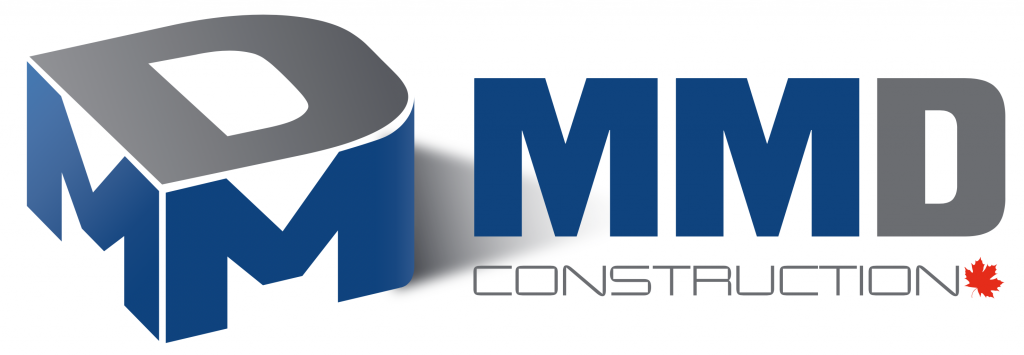Toronto’s evolving business landscape demands modern workspaces that attract talent while boosting productivity through thoughtful design. Professional office refurbishment contractors Toronto companies rely on create environments that reflect brand values while meeting functional requirements. Fall season provides ideal timing for major office projects while staff adjusts to new routines and business activity remains stable.
Modern Office Transformation
Today’s workplace design goes far beyond traditional cubicles and dated layouts that stifle creativity and collaboration. Smart office refurbishment contractors Toronto specialists recommend focus on flexible spaces that adapt to changing business needs while improving employee satisfaction.
With over 800,000 businesses in Toronto and the GTA alone, many business owners face the challenge of standing out from the competition and creating a space that meets their needs.
Planning Phases That Reduce Disruption
Pre-Construction Coordination
Professional teams conduct thorough site assessments that identify potential challenges before work begins. Electrical systems, plumbing infrastructure, and HVAC requirements get evaluated to prevent costly surprises during construction phases.
Scheduling coordination allows businesses to maintain operations while renovation work progresses in phases that protect critical business functions.
Fall Timing Strategic Advantages
September through November offers optimal conditions for office renovation projects before holiday seasons impact business schedules. Material suppliers maintain better inventory levels while contractors provide more flexible scheduling during slower autumn periods.
Indoor projects continue smoothly regardless of outdoor weather while moderate temperatures support proper curing for flooring materials and paint applications.
Technology Integration and Modern Features
Smart buildings are designed to optimize efficiency and enhance user experience through advanced technology. Key features of smart buildings include automated lighting systems, which adjust to natural light levels, ensuring that spaces are well-lit while minimizing energy waste. This not only reduces electricity consumption but also creates a more pleasant working environment. In addition to lighting, smart climate control systems play a crucial role in maintaining indoor comfort. These systems automatically adjust heating, ventilation, and air conditioning (HVAC) based on occupancy levels and current weather conditions, ensuring optimal temperatures throughout the day. This not only enhances comfort for occupants but also leads to significant energy savings.
Security is another critical aspect of smart buildings. Integrated security systems, which may include smart surveillance cameras, access control, and alarm systems, provide enhanced safety for occupants and assets. These systems can be monitored and controlled remotely, allowing for quick responses to any potential threats.
Overall, the combination of these features creates a productive and safe environment that is both energy-efficient and cost-effective. As organizations increasingly recognize the benefits of smart buildings, they are becoming essential for modern workspaces, driving the future of sustainable building practices.
Employee Wellness and Productivity Focus
Modern office design prioritizes employee health through improved air quality, natural lighting, and ergonomic workstations that reduce stress while boosting performance. Open concept layouts balance collaboration needs with quiet zones for focused work.
Biophilic design elements incorporating plants and natural materials create calming environments that support mental wellness throughout busy workdays.
Project Management for Business Continuity
Professional contractors understand the importance of maintaining business operations during renovation phases. Phased construction schedules allow departments to relocate temporarily while work progresses in sections.
Evening and weekend work options minimize disruption during peak business hours while protecting productivity levels that affect revenue streams and client relationships.





